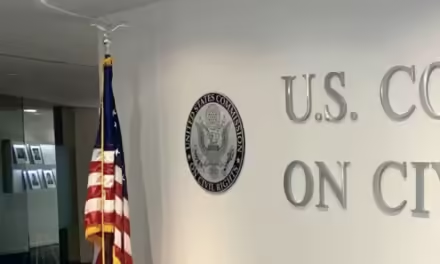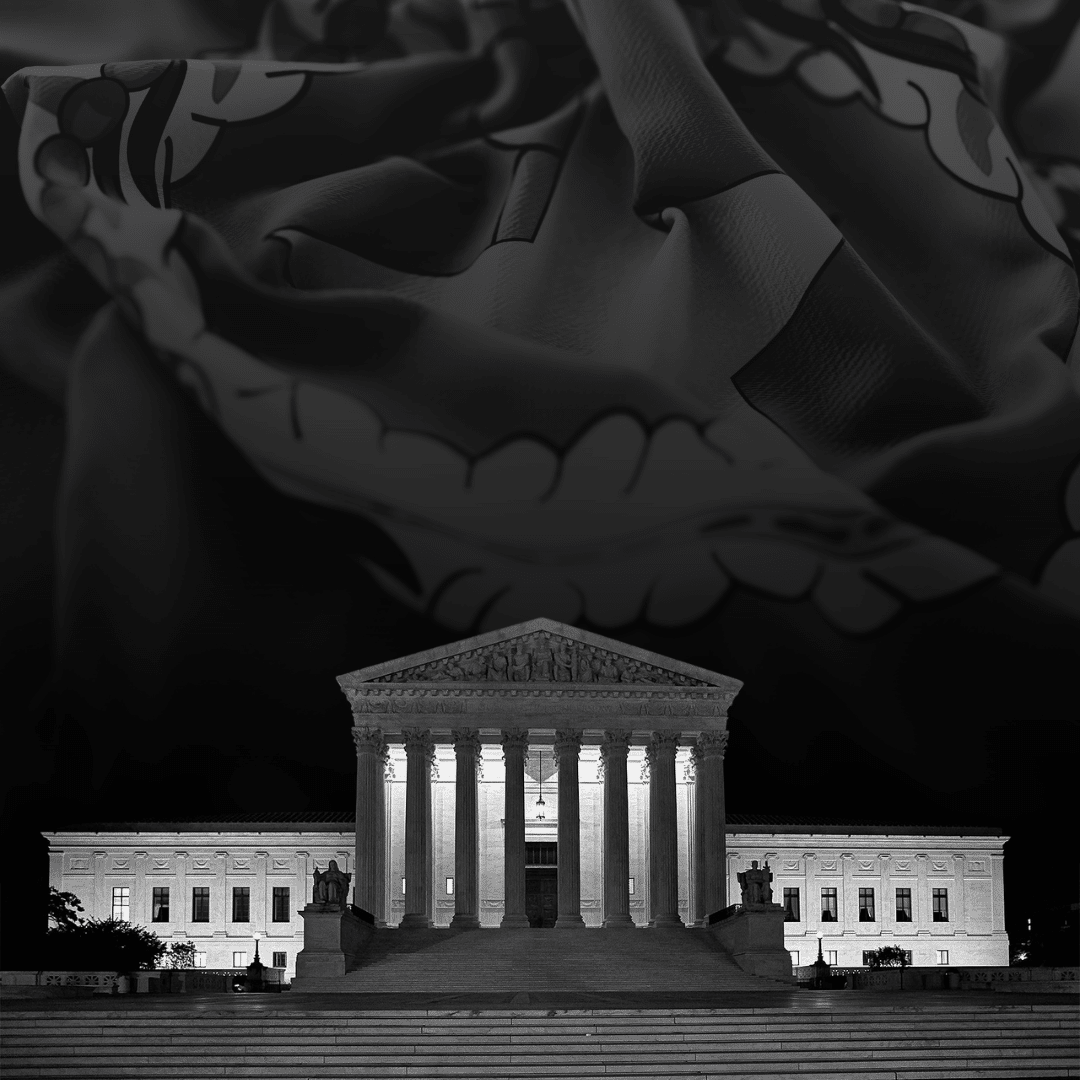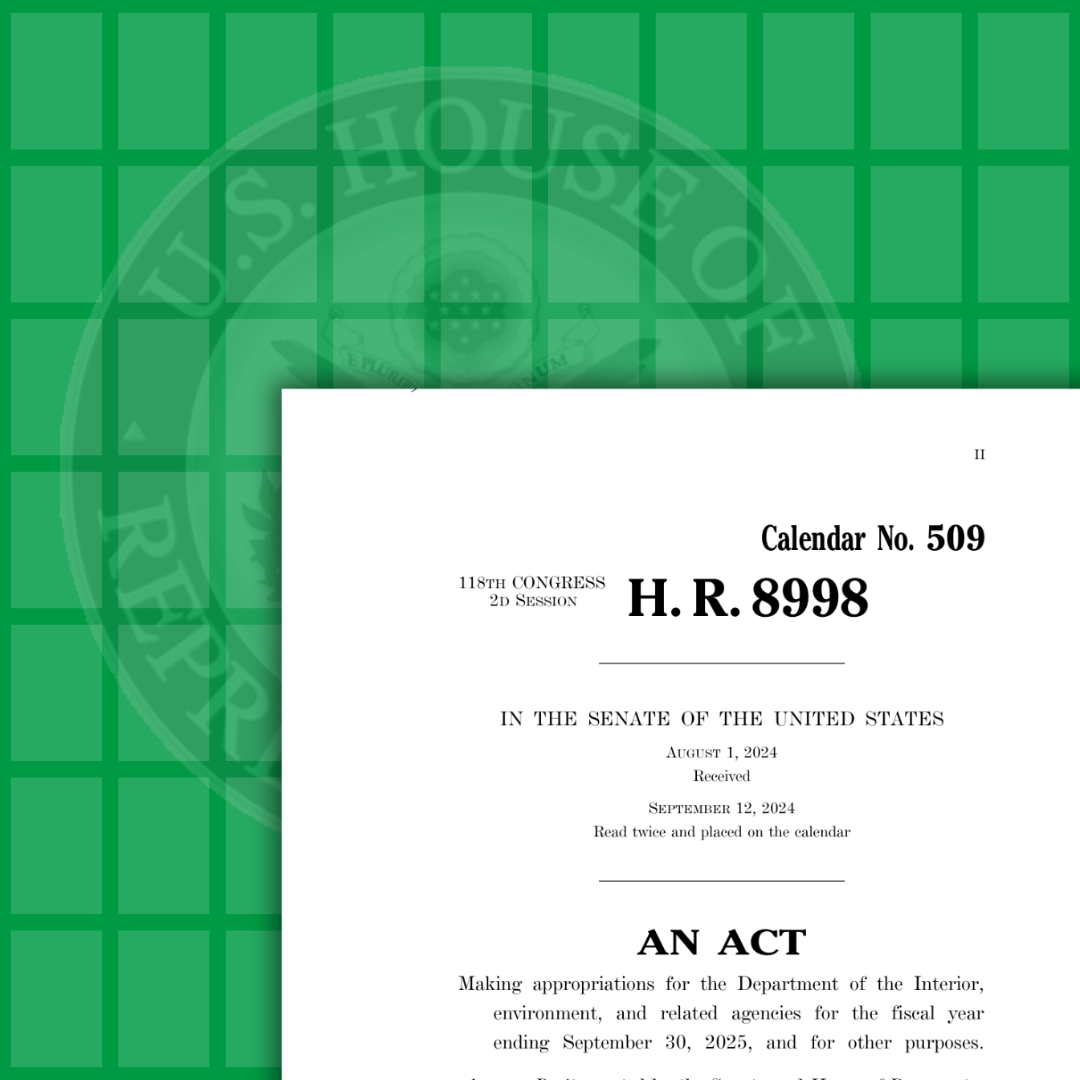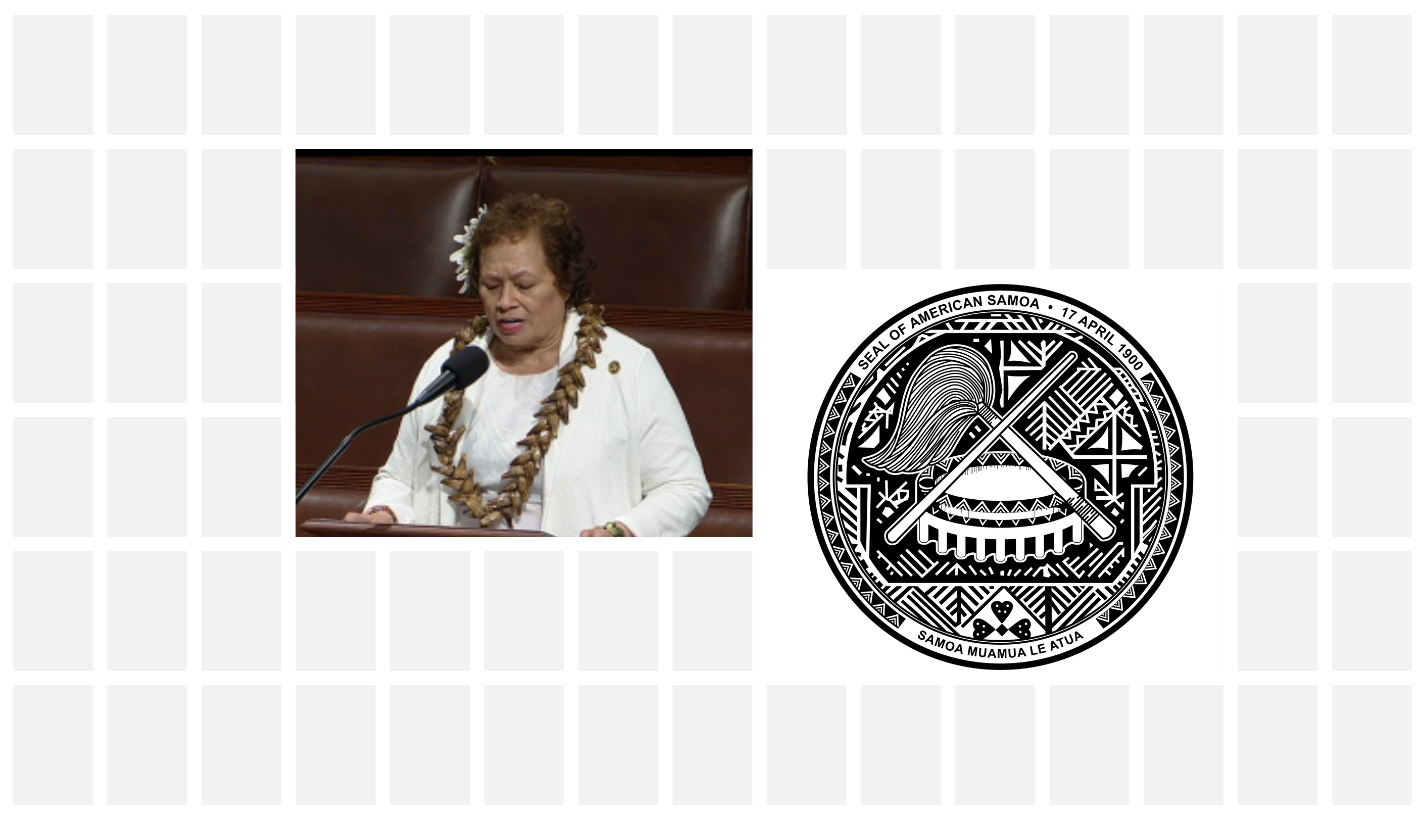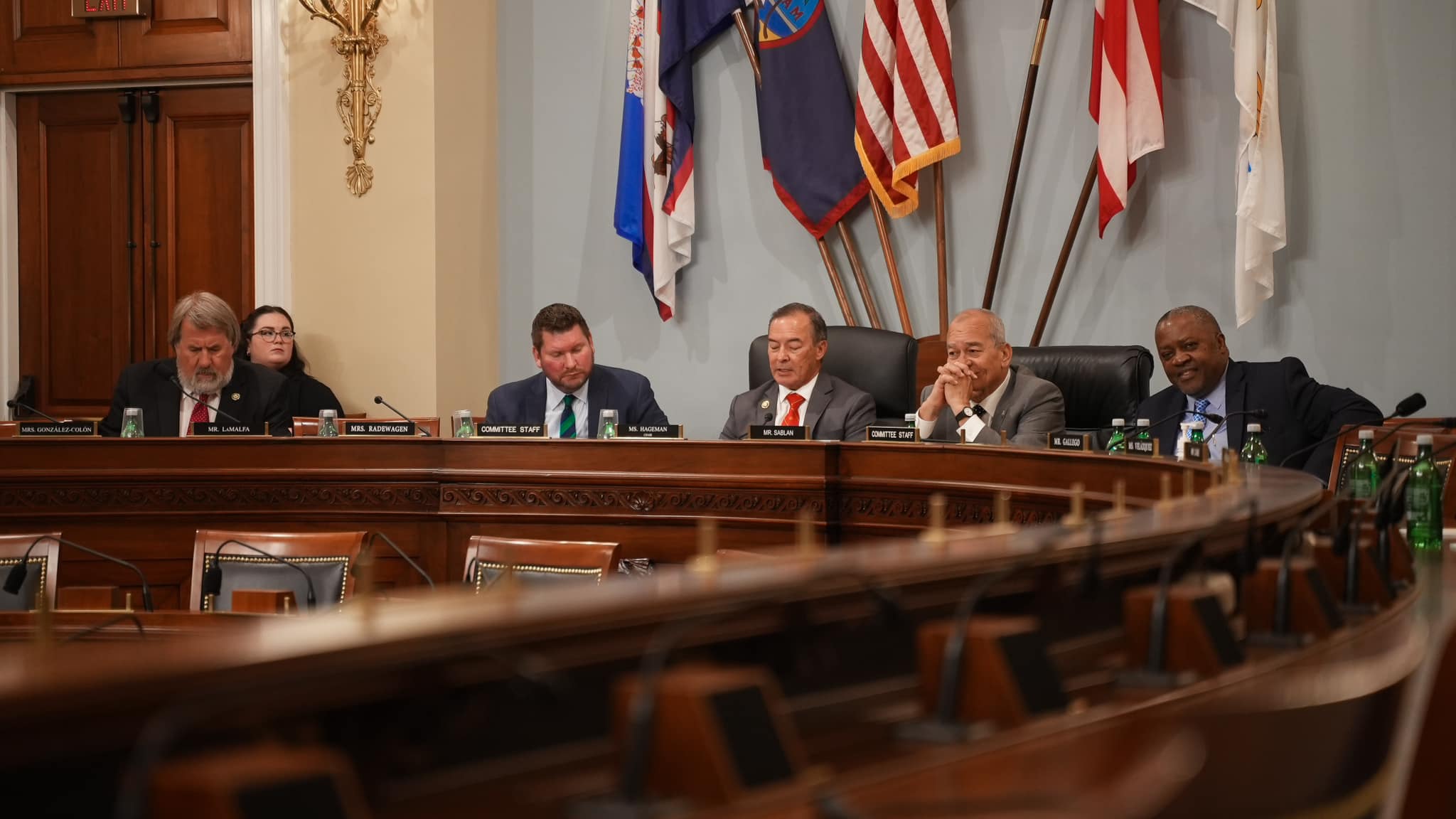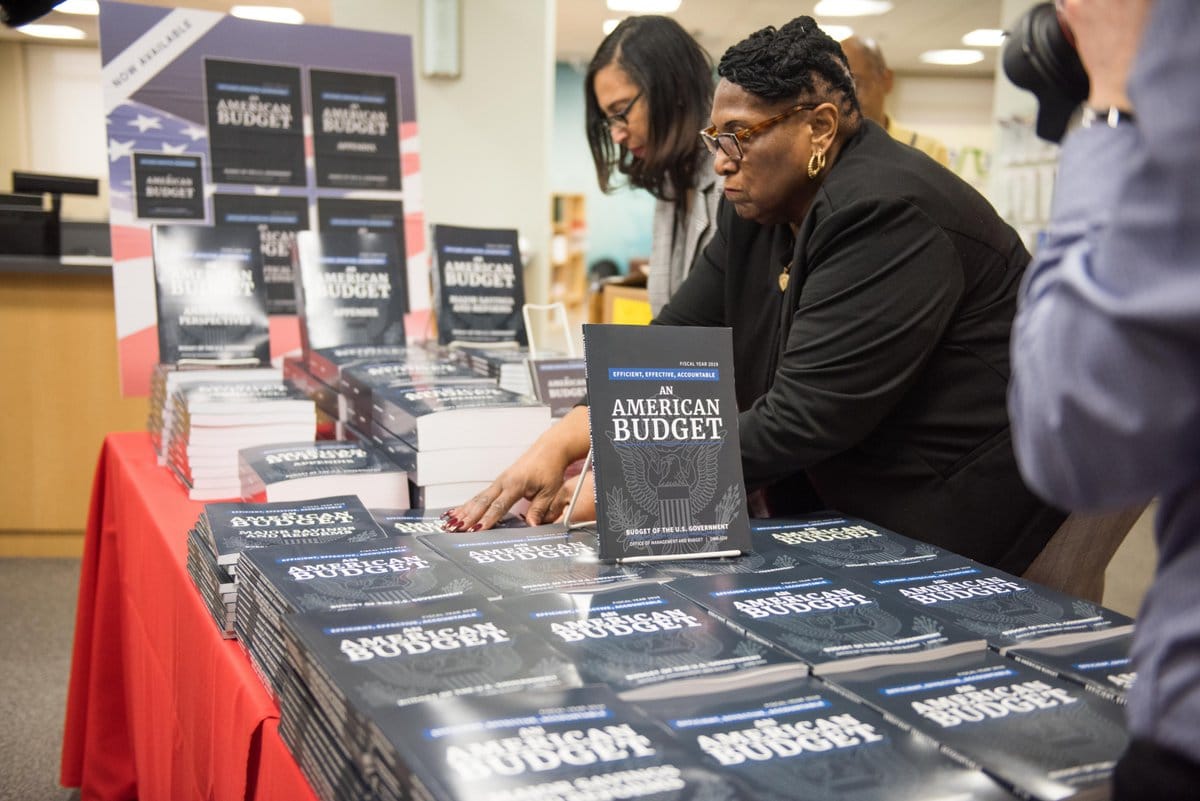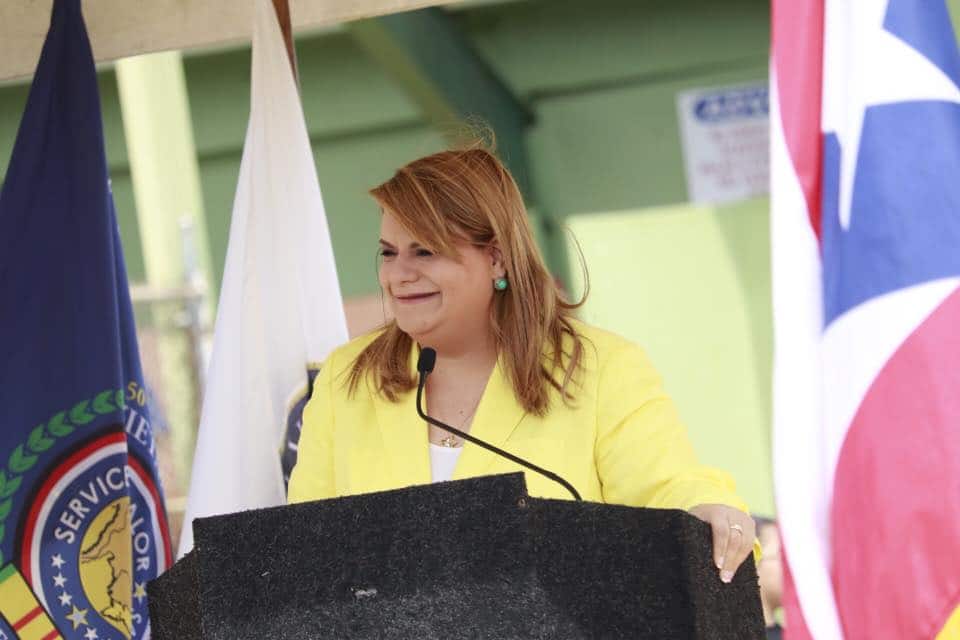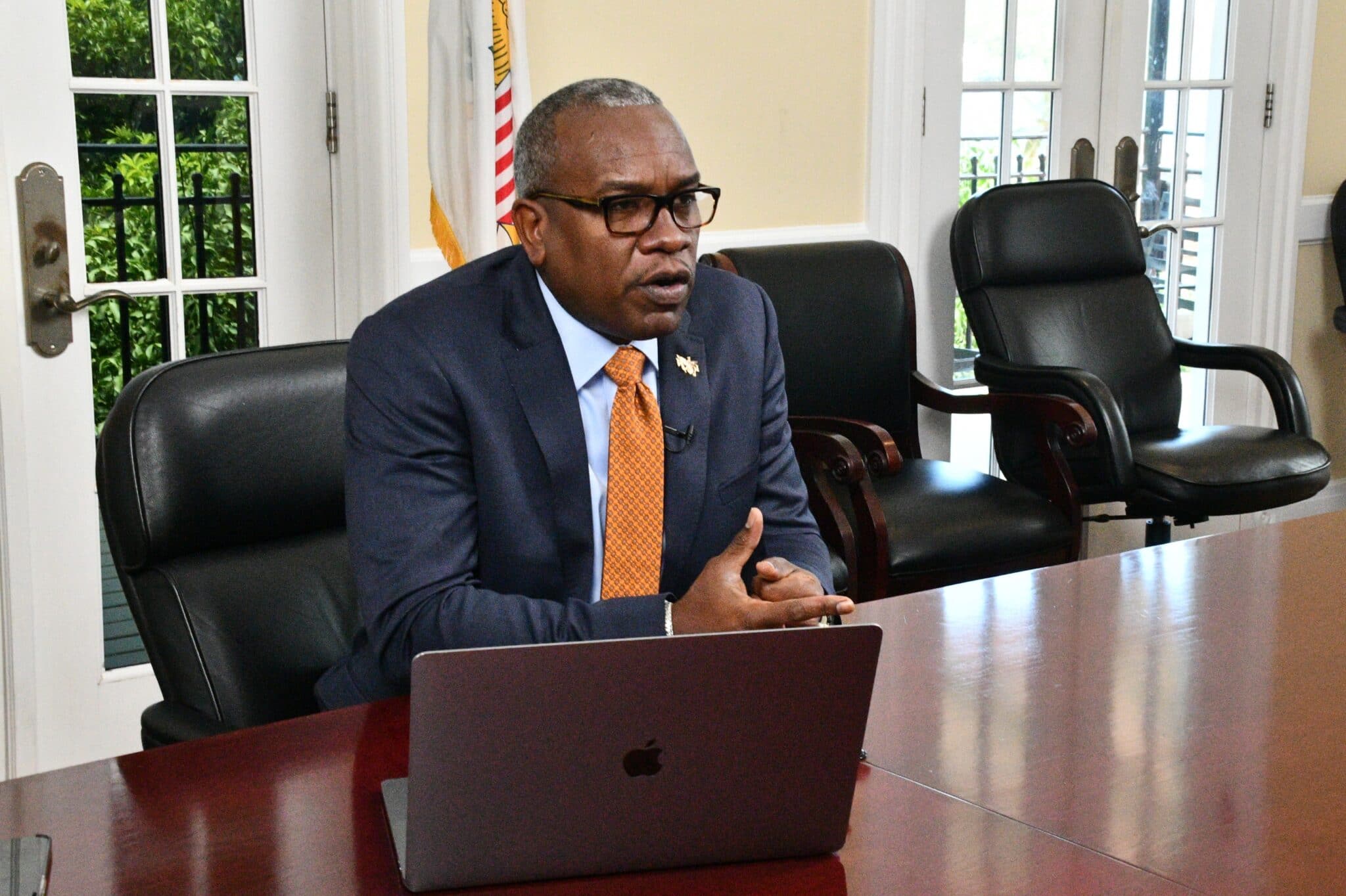US Virgin Islands celebrate their history month
In 1493, just one year after Christopher Columbus sailed the ocean blue and discovered the Americas—by accident—he returned for his second voyage.
After creating a settlement on Hispaniola during his first voyage, he traveled and discovered what we know today as the Greater Antilles.
During this second voyage the first skirmish or insurrection between the Indios or Indians—a term created by Columbus himself—and Europeans in the New World occurred at Salt River, now a part of St. Croix island within the Virgin Islands. Here, the peoples of the Virgin Islands proudly trace back their lineage.
The Indio peoples were not victorious. Columbus would eventually name the island Santa Cruz and sail north to discover what we know of today as the British Virgin Islands. He would bestow upon them the name ‘Las Once Mil Virgenes’ (Islands of 11,000 Virgins), which on maps was shortened to the Virgin Islands, a name that still stands today.
So, why this history story relevant? For the peoples of the US Virgin Islands, this is the story of their homeland. And during the month of March, the territory officially recognized this time as Virgin Islands History Month.
Created in 2006 by former Senator Shawn-Michael Malone, March allows recognition to the territories history and its history makers according to the current President of the Senate Kenneth L. Gittens (D).
“Each March, we have the opportunity to revisit our important and interesting local history,” Gittens said. “I urge parents, teachers and our many culture bearers to take this opportunity to teach our children more about the Virgin Islands. Our historic records include many role models and important events and that, once shared, help instill a real sense of pride in our youth.”
Other Senators on the territory also released statements regarding VI History Month.
“Black history is the history of every resident of the Virgin Islands, regardless of color, and it is impossible to truly make sense of life in this community without having some understanding of the history and culture of African people and their descendants around the globe,” said Marvin Blyden (D), a three-term senator in the St. Thomas-St. John District.
Blyden, acknowledging the importance of February as Black History Month, is also recognizing the importance African people had on the culture and community on the US Virgin Islands.
The Kingdom of Denmark claimed the territory in 1672 and established the first settlement on St. Thomas. It then became a major slave-trading post that saw more than 200,000 slaves, mostly from West Africa, arrive to forcibly work the sugar cane, cotton and indigo fields.
Those slave’s descendants would carry out a revolt against the Danes led by Moses “Buddhoe” Gottlieb in 1848. The slaves were now free, but still under Danish rule. That was until World War I, when the United States purchased the islands for $25 million in gold from Denmark for its strategic location in the Caribbean Sea.
That day in 1917, now celebrated as Transfer Day, is a territorial holiday on March 31, marking the end of VI History Month.
However, the peoples of the US Virgin Islands continued to struggle for greater freedom long after 1917, finally gaining their citizenship in 1926. Followed by The Organic Act of 1936 which allowed for the creation of the Senate, and in 1970 they elected their first governor.
The history of the territoires peoples is extensive. For centuries they fought for greater equality and independence and that is what the leaders of the US Virgin Islands want their younger generation to remember and continue to strive toward.
To commemorate this year’s VI History Month, the 33rd legislature is handing out booklets to each school library on the territory called the Oath of Office. Here students and teachers can learn about the their current senators, the islands political evolution, and facts about the island and its capitol building.
As Senate President Gittens concluded in his remarks, “It is my hope that these booklets will be a useful resource for our students and teachers.”

